Big Ten/CIC Head Injury Summit Examines Traumatic Brain Injury Research
May 4, 2011, 16:23 PM
The Big Ten Conference, in conjunction with the Committee on Institutional Cooperation (CIC), served as host for the Big Ten/CIC Head Injury Summit on April 30 and May 1 in Park Ridge, Ill. Representatives from each of the Big Ten...
The Big Ten Conference, in conjunction with the Committee on Institutional Cooperation (CIC), served as host for the Big Ten/CIC Head Injury Summit on April 30 and May 1 in Park Ridge, Ill. Representatives from each of the Big Ten institutions participated in the two‐day summit in an effort to continue to address the issue of Traumatic Brain Injury (TBI) and concussions in sports. The list of 42 attendees included individuals across several disciplines, including athletic medicine, neurology, neuropsychology, physics, engineering and biological sciences. The summit provided a forum for institutions to identify the current clinical aspects and research being done in this area, allowing the attendees to garner a sense of ongoing efforts that exist across the Big Ten.
“The strengths and national reputation of the Big Ten member institutions and the CIC place them in a unique position to address this issue,” said Big Ten/CIC Head Injury Summit chair and Purdue faculty representative Christie L. Sahley. “TBI and concussions will be an ongoing topic of discussion at the institutional, conference and national level for years to come.”
The first day of the summit was divided into two sessions, with the first session focused on the clinical aspects of brain injury and the second session focused on the research at each institution. Participating institutions were given time to present during each session, providing the group with a working knowledge of not only current initiatives at some of the leading research institutions in the country, but also aspects that provide an opportunity for potential collaboration. The second day of the summit began with five breakout sessions that allowed participants to narrowly tailor the discussion on several focal points. Breakout topics included discussion of a possible longitudinal study, evaluation tools used to identify and address head injury, how to consistently define the concept of concussion, the use of neurocognitive exams to address head injuries and the sideline protocol for management of head injuries. Finally, the group discussed the short‐term and long‐term steps that need to be taken in order to continue to cultivate the discussion at the institutional and conference level. Preliminary plans are in place to form a working group that will explore the feasibility of a cross‐institutional, longitudinal study on the issue. The working group will maintain dialogue with representatives from the Big Ten and CIC to develop a framework for discussion and collaboration in the immediate and long‐term future.
For more information on the Big Ten, please visit www.bigten.org.
